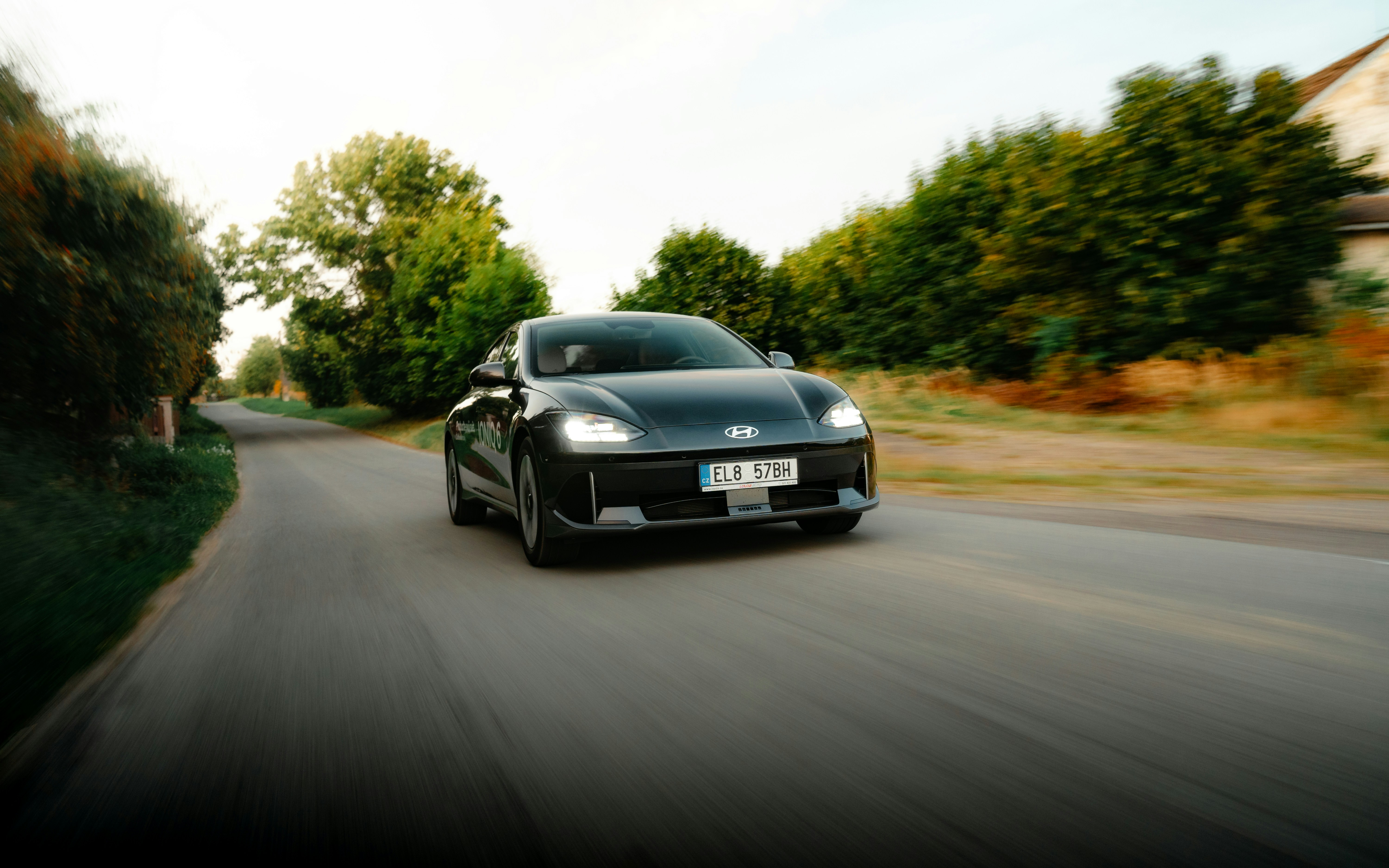"Pushing Boundaries: The Rise of Performance SUVs"
If you thought SUVs were just about hauling families and gear, think again. The automotive industry is pushing the envelope with performance SUVs that blend utility with an adrenaline rush. How did this unlikely marriage come about? Let's dive in. In the past, SUVs were often associated with utility and off-road capabilities. They were built to carry families, tow trailers, and traverse treacherous terrains. Performance was a secondary concern, often sacrificed for the sake of ruggedness and practicality. However, the automotive landscape began to change in the late 1990s, with manufacturers realizing the untapped potential of performance-oriented SUVs.

The Mercedes-Benz ML55 AMG, launched in 1999, is often credited as the catalyst. It was an SUV that could sprint from 0-60 mph in under 6.5 seconds, a feat unheard of for an SUV at that time. It signaled the dawn of a new era, where SUVs could offer more than just utility.
The Rise and Rise of Performance SUVs
The 2000s saw a slow but steady increase in performance SUVs, with manufacturers offering sportier versions of their standard models. However, the real explosion came in the 2010s. This decade saw an influx of powerful SUVs from luxury manufacturers like Porsche, BMW, and Lamborghini. They combined robust engines, sports-car like handling, and advanced driving technologies to deliver an exhilarating driving experience.
Today, performance SUVs are a prominent segment in the automotive industry. They cater to a niche of buyers who want the practicality of an SUV and the thrill of a sports car.
The Mechanics Behind the Thrill
Performance SUVs are more than just standard SUVs with bigger engines. They feature a host of mechanical and technological enhancements to boost handling, speed, and overall performance. These include stiffer suspensions, high-performance brakes, and sophisticated all-wheel-drive systems.
Additionally, they often feature advanced driving aids, like selectable driving modes and adaptive suspensions, that allow the driver to tune the vehicle’s performance to their liking.
The Impact of Performance SUVs
The emergence of performance SUVs has had a significant impact on the automotive industry. They have redefined the SUV segment, proving that it can be as exciting and dynamic as the sports car segment.
However, they also pose challenges. Their high-performance nature can lead to increased fuel consumption and emissions, contributing to environmental concerns. The industry must find a balance between performance and sustainability.
The Future of Performance SUVs
The future of performance SUVs is likely to be influenced by the industry’s shift towards electrification. Future models are expected to feature hybrid or fully electric powertrains, offering enhanced performance without compromising on sustainability.
In conclusion, performance SUVs have come a long way since their inception. They have redefined the SUV market, offering a unique blend of utility and performance. As the industry evolves, they are set to become even more exciting and sustainable.




